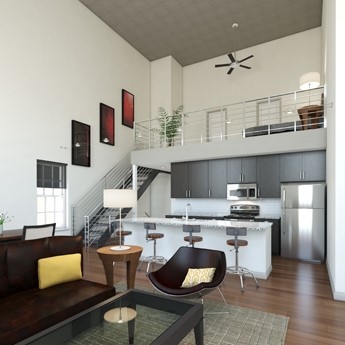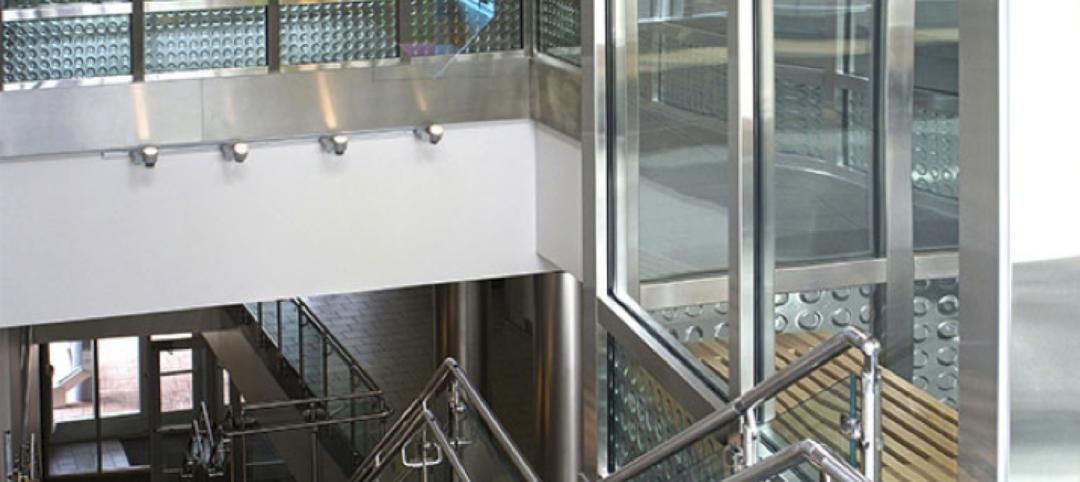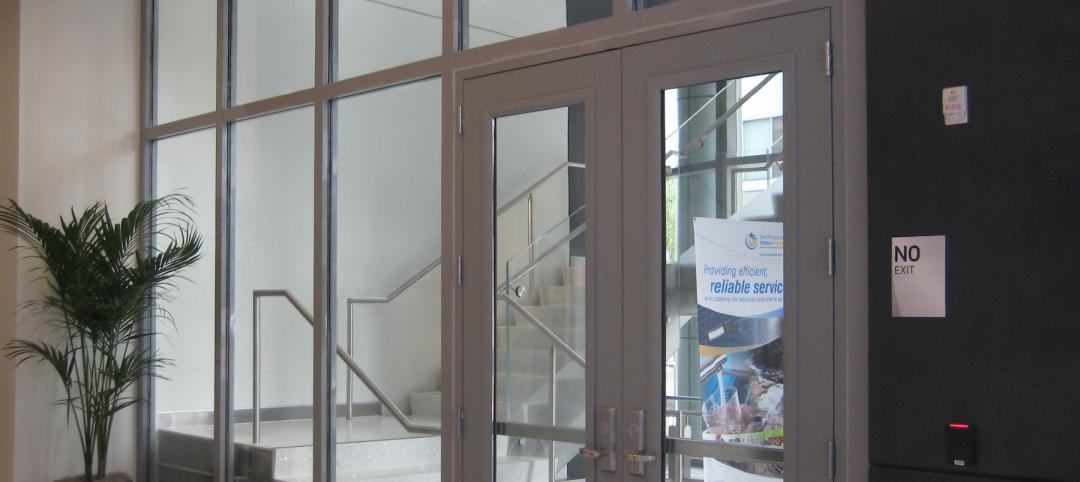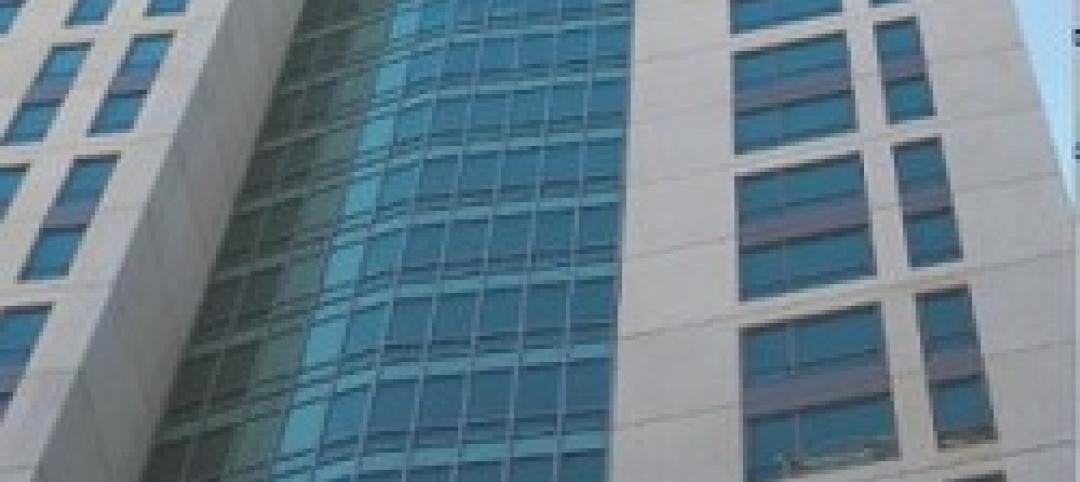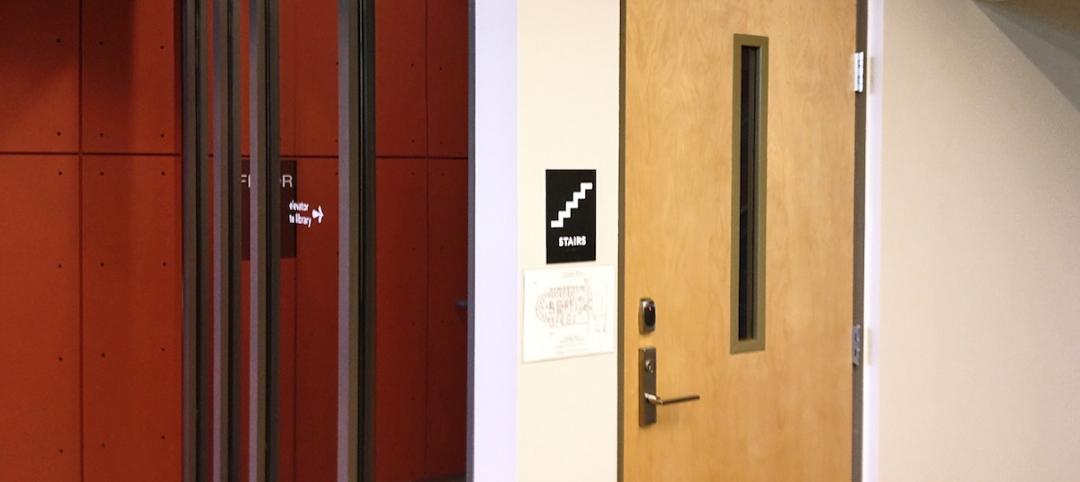Adaptive reuse, or the process of taking an old building or structure and repurposing it for something other than what it was originally designed for, has gained a lot traction with developers and architects alike – and for many good reasons. For one thing, it is more economical and sustainable to work with an existing structure than to demolish an old building, clean up the site, and rebuild with entirely new materials. It also helps preserve historical structures that add character to the community, as well as reduce urban sprawl. For the multifamily sector, we’ve seen adaptive reuse applied to old schools, government buildings, warehouses, etc. because these structures are usually centrally located in many downtown areas. In an era where millennials and baby boomers alike are choosing to “live, work and play” in urban settings, a good amount will pay a premium to live in a building that is close to everything and boasts of history and character.
This was the case for The Barrett Apartments in Columbus, OH. The developers chose a centrally located, abandoned historic landmark that was built in 1898 as South High School, and later on renamed as The Barrett School in honor of the school’s first principal. Part of the allure of these reimagined luxury apartments was the fact that it was once a school – so the architects preserved not just the historic structure, but the wood floors of the basketball court, 20 ft. hallways, chalkboards, and more. Contemporary design elements such as glazing that brings in abundant natural light were added as well, and the designers made sure that these additions complimented the building’s original Greek and Roman Design.
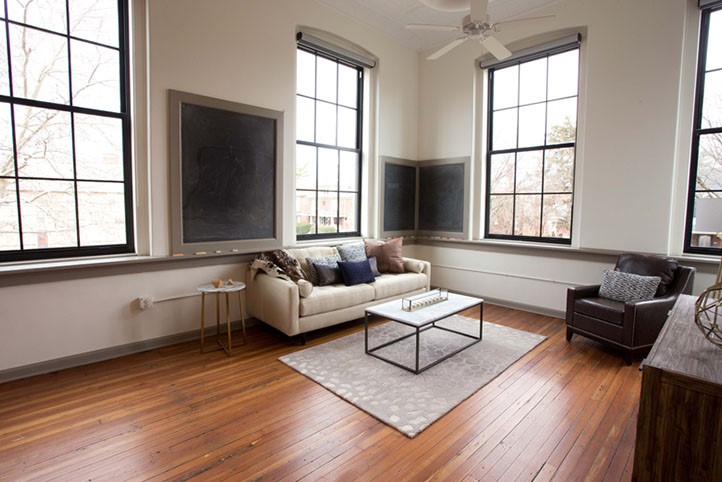 The chalkboards from the classrooms were preserved and became part of the living units. (photo from CASTO).
The chalkboards from the classrooms were preserved and became part of the living units. (photo from CASTO).
Some of the key areas where the architects wanted to incorporate glazing were in the 1-hour exit enclosures. In order to meet the code requirements, the architects specified fire resistive glazing tested to ASTM E-119/UL 263.
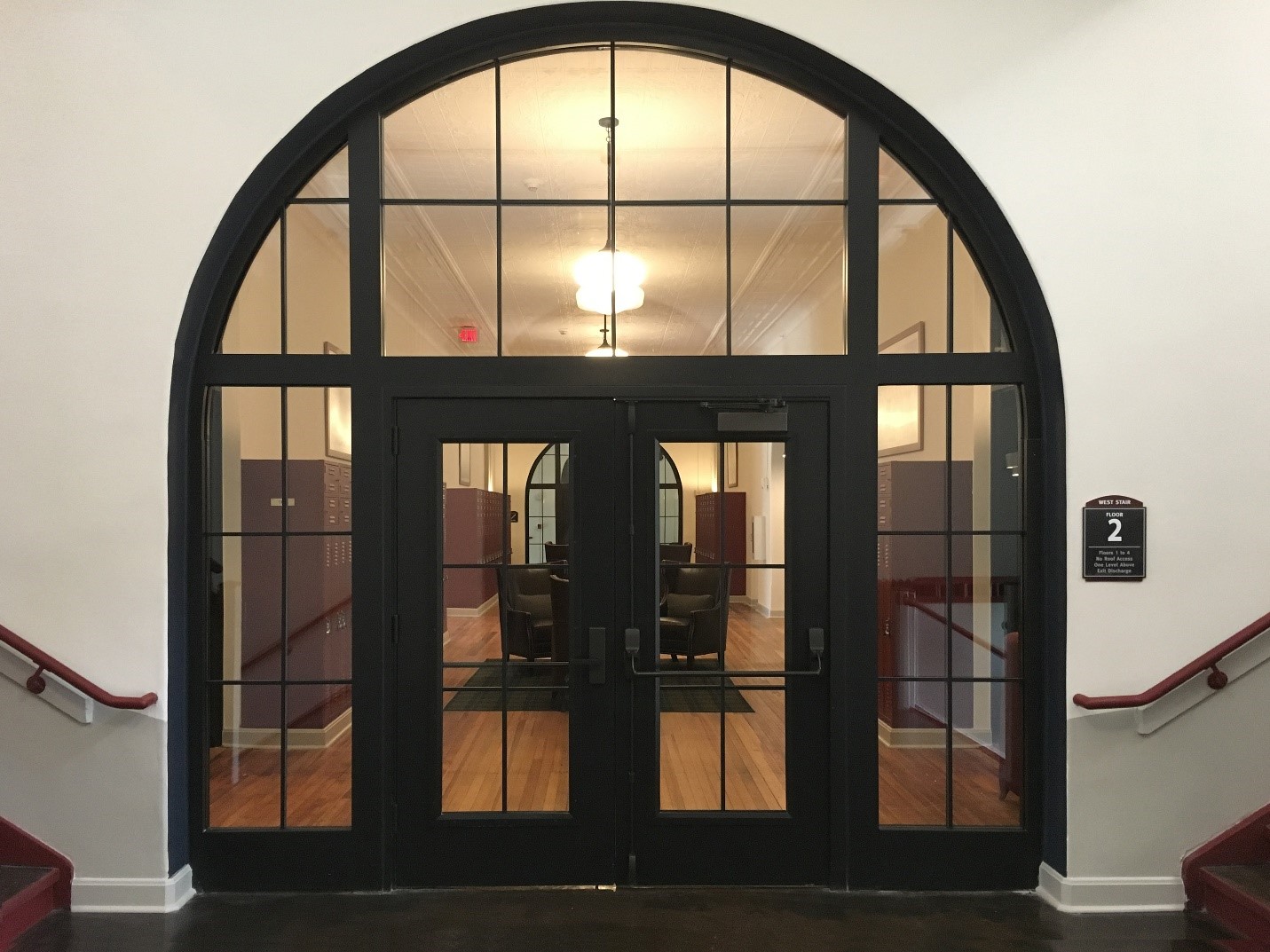 Pattern-cut SuperLite II-XL 60 and stretch-formed custom GPX Architectural Series Framing for the 1-hour fire resistive wall and SuperLite II-XL 60 in GPX Builders Series Temperature Rise for the full-lite doors.
Pattern-cut SuperLite II-XL 60 and stretch-formed custom GPX Architectural Series Framing for the 1-hour fire resistive wall and SuperLite II-XL 60 in GPX Builders Series Temperature Rise for the full-lite doors.
The fire resistive glass and framing used in the 1-hour exit enclosures had to fit the arched tops, which were an integral part of the building’s design. SAFTI FIRST supplied pattern-cut SuperLite II-XL 60 for the sidelites and transoms. The custom GPX Architectural Series Framing were stretch-formed using SAFTI FIRST’s own machinery to ensure the frames matched the pattern cut of the glass. SuperLite II-XL 60 was also used in the door vision panels in order to exceed 100 sq. inches. Surface-applied muntins were added in the field to compliment the look of the windows and other non-rated storefronts in the building.
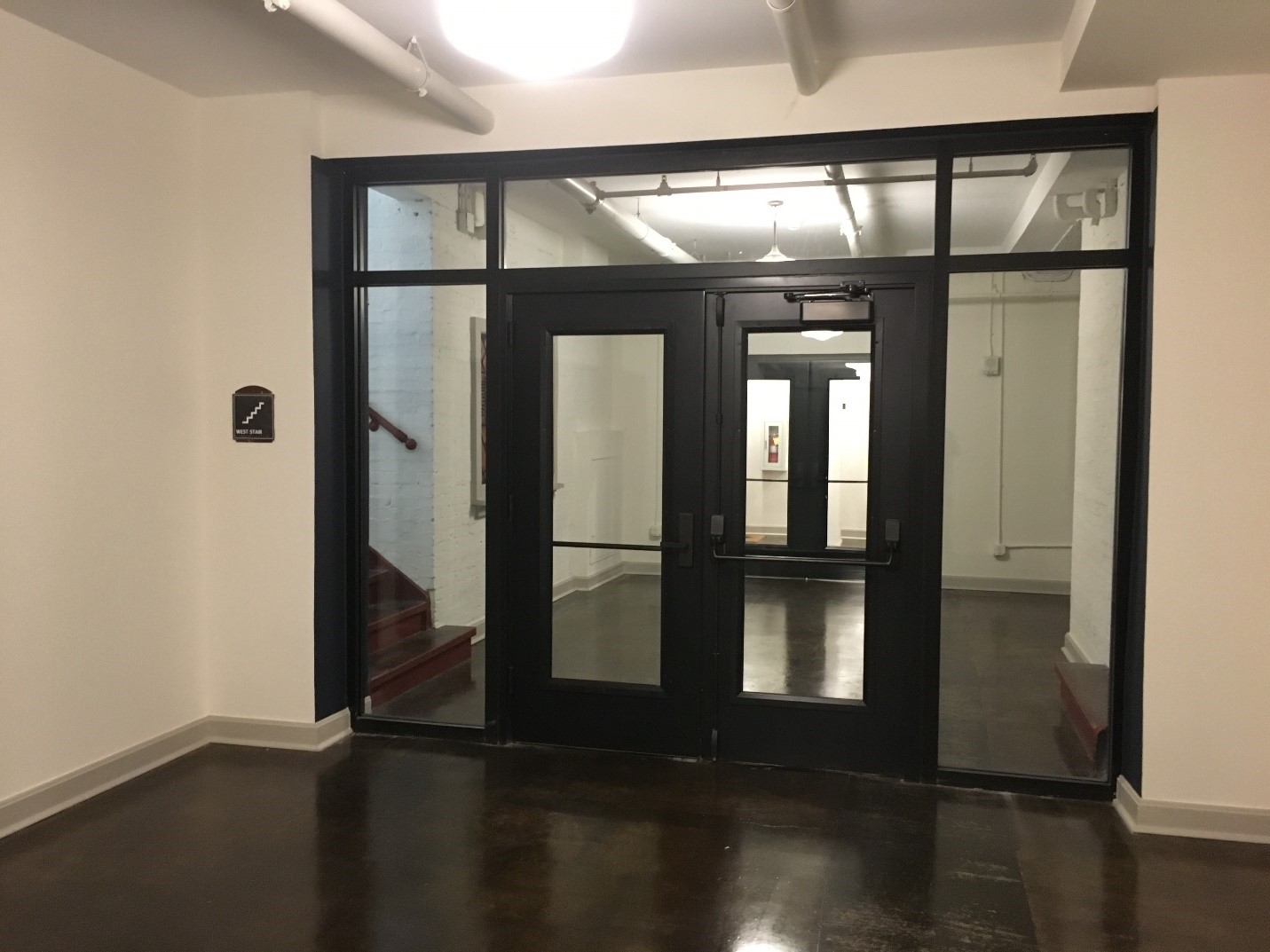 SuperLite II-XL 60 in GPX Architectural Series Framing for the walls and SuperLite II-XL 60 GPX Builders Series Temperature Rise for the full-lite doors.
SuperLite II-XL 60 in GPX Architectural Series Framing for the walls and SuperLite II-XL 60 GPX Builders Series Temperature Rise for the full-lite doors.
For the other 1-hour exit enclosures in the building that did not have arched tops, SuperLite II-XL 60 in GPX Architectural Series framing were used in the transoms and sidelites to create a 1-hour fire resistive assembly. Again, SuperLite II-XL 60 was also used in the door vision panels in order to exceed 100 sq. inches in the door vision panel.
It’s important to note that in the IBC, 1-hour exit enclosure applications do not allow ceramics to be used in sidelites and transoms because it does not meet the ASTM E-119/UL 263 fire resistive wall requirement. If ceramics were to be used in the door vision panels, it would be limited to 100 sq. inches because it cannot limit the passage of radiant heat. In order exceed the door vision panel size limitations, fire resistive glazing tested to ASTM E-119/UL 263 must be used.
The result is a beautiful, classic-yet-updated, code compliant luxury apartment complex where residents are treated to the unique charm and history of their building while enjoying the light, transparency and maximum fire protection from advanced fire resistive glazing.
Related Stories
Sponsored | | Sep 4, 2014
Learning by design: Steel curtain wall system blends two school campuses
In this the new facility, middle school and high school classroom wings flank either side of the auditorium and media center. A sleek, glass-and-steel curtain wall joins them together, creating an efficient, shared space. SPONSORED CONTENT
| Aug 25, 2014
Glazing plays key role in reinventing stairway design
Within the architectural community, a movement called "active design" seeks to convert barren and unappealing stairwells originally conceived as emergency contingencies into well-designed architectural focal points. SPONSORED CONTENT
Sponsored | | Aug 16, 2014
Fire-rated framing system makes the grade at Johnson & Wales University Center
The precision engineering of TGP’s Fireframes Aluminum Series creates narrow profiles and crisp sightlines at Johnson & Wales University Center for Physician Assistant Studies
Sponsored | | Aug 8, 2014
Safe and secure: Fire and security glazing solution for Plaquemines Parish Detention Center
When the designers at L. R. Kimball looked for an all-in-one clear, wire-free glazing solution that protects against fire, bullets and forced entry for the new Plaquemines Parish Detention Center, SAFTI FIRST supplied a complete single-source tested and listed assembly that was easy to install and maintenance-free.
Sponsored | | Jul 7, 2014
Channel glass illuminates science at the University of San Francisco
The University of San Francisco’s new John Lo Schiavo Center for Science and Innovation brings science to the forefront of academic life. Its glossy, three-story exterior invites students into the facility, and then flows sleekly down into the hillside where below-grade laboratories and classrooms make efficient use of space on the landlocked campus.
| May 27, 2014
Fire Rated Glass contributes to open lab environment at JSNN
Openness and transparency were high priorities in the design of the Joint School of Nanoscience & Nanoengineering within the Gateway University Research Park in Greensboro, N.C. Because the facility’s nanobioelectronics clean room houses potentially explosive materials, it needed to be able to contain flames, heat, and smoke in the event of a fire. SPONSORED CONTENT
Sponsored | | May 3, 2014
Fire-rated glass floor system captures light in science and engineering infill
In implementing Northwestern University’s Engineering Life Sciences infill design, Flad Architects faced the challenge of ensuring adequate, balanced light given the adjacent, existing building wings. To allow for light penetration from the fifth floor to the ground floor, the design team desired a large, central atrium. One potential setback with drawing light through the atrium was meeting fire and life safety codes.
| Apr 25, 2014
Recent NFPA 80 updates clarify fire rated applications
Code confusion has led to misapplications of fire rated glass and framing, which can have dangerous and/or expensive results. Two recent NFPA 80 revisions help clarify the confusion. SPONSORED CONTENT
| Apr 8, 2014
Fire resistive curtain wall helps The Kensington meet property line requirements
The majority of fire rated glazing applications occur inside a building to allow occupants to exit the building safely or provide an area of refuge during a fire. But what happens when the threat of fire comes from the outside? This was the case for The Kensington, a mixed-use residential building in Boston.
Sponsored | | Jan 30, 2014
Transparent, fire rated stairwell enhances design of renovated Cincinnati Art Museum
When the Cincinnati Art Museum embarked on an $11 million renovation, the architects wanted the entrance and main stair to be as inviting as possible. Transparent, fire rated glazing from SAFTI FIRST was a key component of the design solution.


